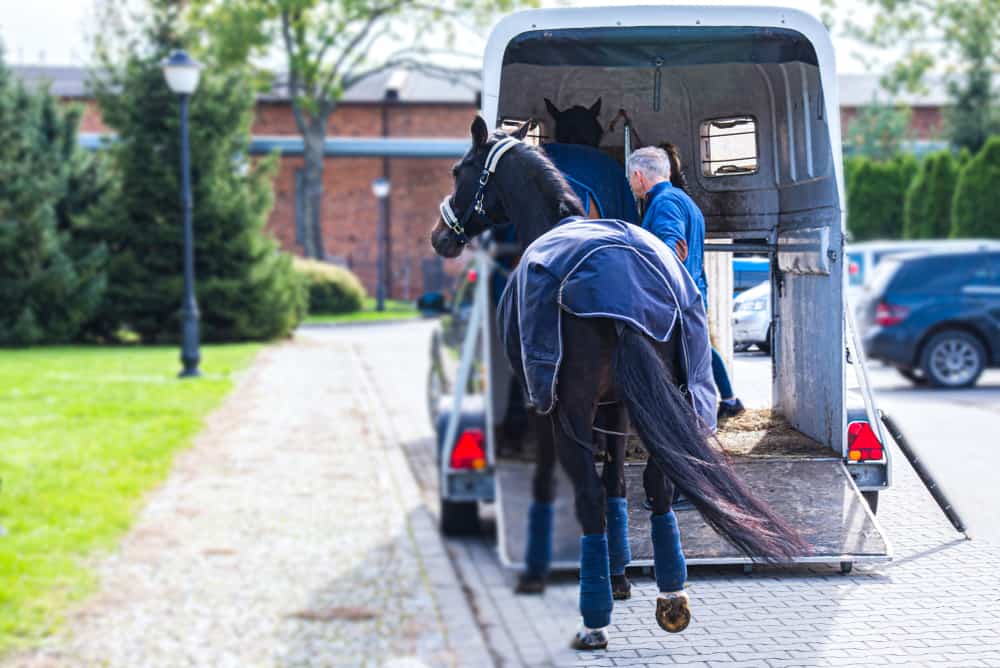- Your source for stall mats, rubber arena footing, arena harrows and arena dust control.
Equestrian Travel Tips: How to Safely Transport Horses Overseas
Transporting your horse overseas is no small task—it’s a journey that requires careful planning, expert guidance, and a lot of heart. Whether you’re relocating, heading to an international competition, or importing a new horse, these tips will help ensure your horse’s trip is as safe and stress-free as possible.
1. Start Planning Early
International horse transport involves complex logistics, paperwork, and timing. Start preparations at least 6–12 months in advance when possible. This gives you time to:
Choose a reputable international equine transport company
Organize required vaccinations, tests, and quarantine
Handle import/export permits and customs regulations
Tip: Different countries have different requirements—always check with your destination’s agriculture or veterinary authority.
2. Work with a Professional Shipping Agent
International equine shipping is not DIY territory. A licensed shipping agent will coordinate:
Pre-travel vet exams and documentation
Ground transport to the airport
Quarantine (pre- and post-flight, depending on country)
In-flight care and supervision
Ask about their experience, track record, and whether they offer updates throughout the process.
3. Understand Health Requirements
Common requirements include:
Negative Coggins test (for Equine Infectious Anemia)
Vaccination history (Influenza, Rhinopneumonitis, etc.)
Blood tests for piroplasmosis or glanders (depending on destination)
Vet-issued health certificate within 48 hours of travel
Keep all documentation organized in a travel binder or digital folder.
4. Prepare Your Horse Physically and Mentally
Some horses travel like pros. Others… not so much. Help prepare your horse by:
Acclimating them to loading and standing in confined spaces
Ensuring they are fit and healthy before departure
Talking to your vet about stress-reducing options (supplements, mild sedatives if needed)
Don’t forget: A healthy gut is essential. Consult your vet about feeding strategies before, during, and after the flight.
5. Know What Happens During the Flight
Most horses travel in air stalls—specially designed containers that hold 1 to 3 horses. These stalls are loaded onto cargo planes, often accompanied by a professional groom or vet.
What your horse will experience:
A smooth loading process
Constant supervision during the flight
Regular checks for hydration, stress, and behavior
A calm, dimly lit environment to minimize anxiety
6. Plan for Quarantine
Depending on the destination country, your horse may be subject to quarantine:
Before departure (export quarantine)
Upon arrival (import quarantine)
This can range from a few days to several weeks. Ensure the facilities are clean, safe, and experienced in equine care.
7. Post-Travel Care Matters
Once your horse arrives:
Allow time to recover and adjust
Watch closely for signs of stress, colic, or respiratory issues
Resume work or training gradually
Partner with a local vet for a check-up if anything seems off.
Final Thought
International horse travel isn’t just about getting from point A to B—it’s about ensuring your horse’s comfort, safety, and wellbeing every step of the way. With the right team and a thoughtful plan, your horse can arrive ready to settle into their new adventure—wherever in the world that may be.



